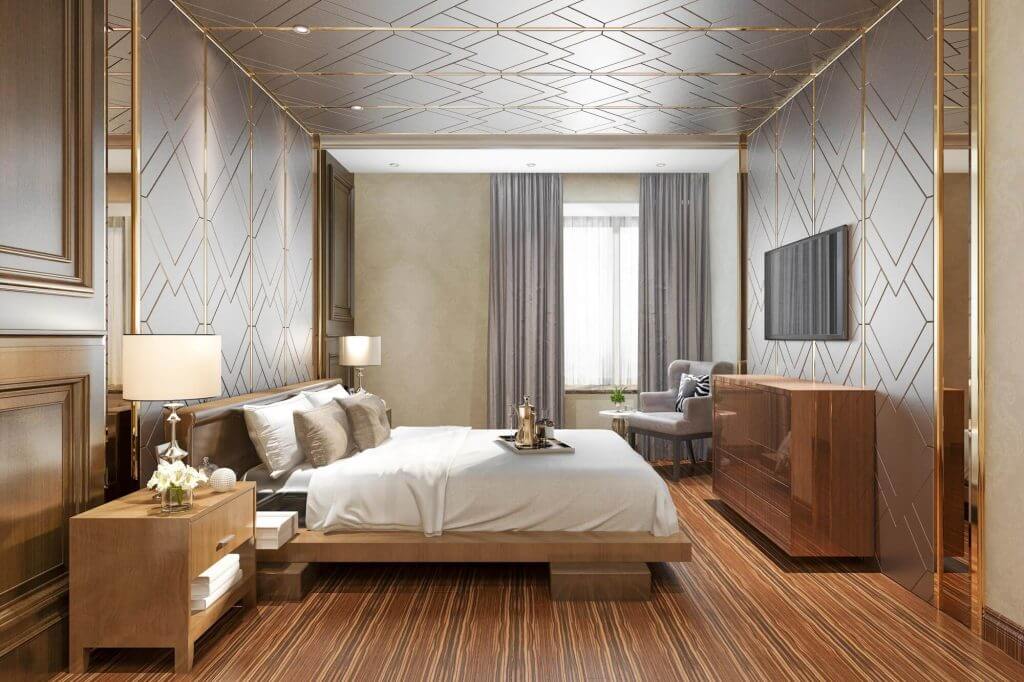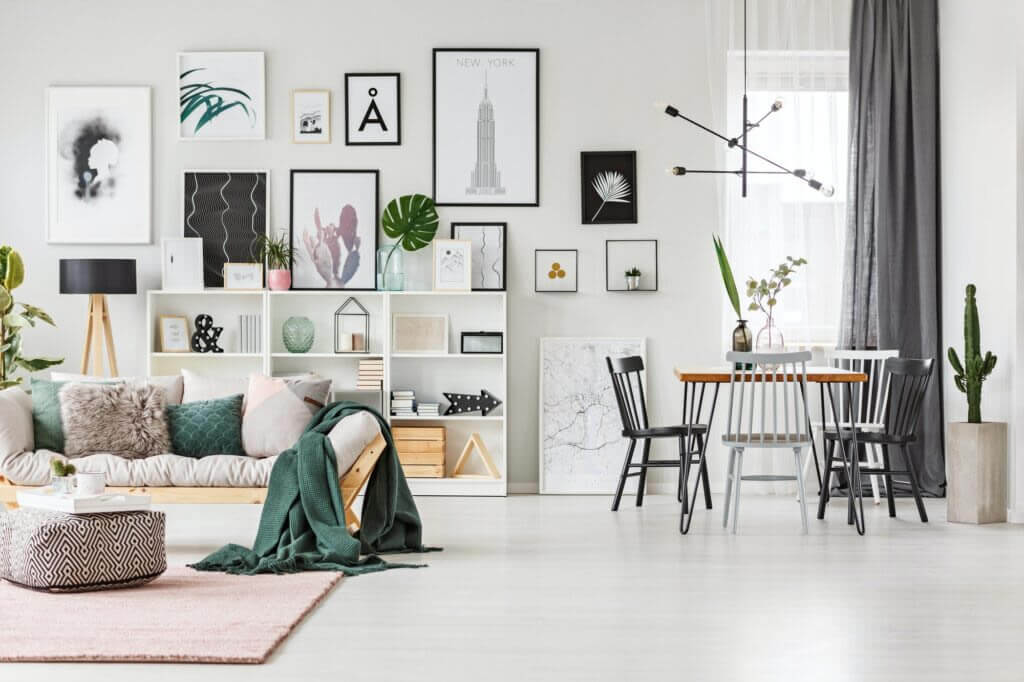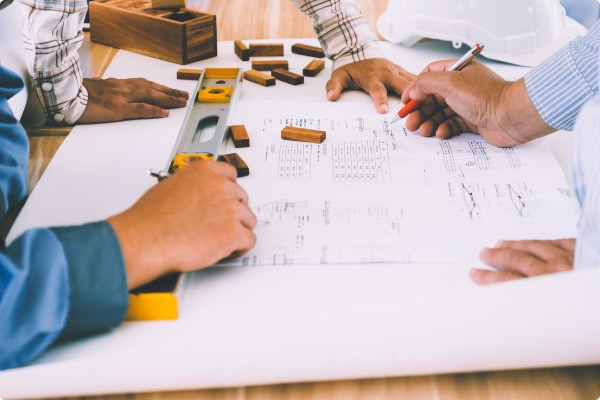5 architectural trends that is worth knowing about in 2023
Aug 31, 2023

As the architectural landscape continues to evolve, it's essential for professionals and enthusiasts alike to stay abreast of the latest trends shaping the field. The year 2023 brings forth a new wave of innovation, sustainability, and creativity that promises to redefine the way we design and experience spaces. Here are five architectural trends that are worth knowing about in 2023 and beyond.
1. Biophilic Design: Embracing Nature within Spaces
Biophilic design, which integrates natural elements and patterns into built environments, is gaining momentum as a trend that prioritizes human well-being. Architects are incorporating materials like wood and stone, introducing indoor plants, and maximizing access to natural light to create spaces that foster a deeper connection to nature. With its potential to enhance productivity, reduce stress, and improve overall health, biophilic design is becoming a cornerstone in modern architectural practice.
2. Net-Zero Energy Buildings: Pioneering Sustainability
The urgency of addressing climate change has elevated the importance of net-zero energy buildings. These structures are designed to generate as much energy as they consume, resulting in a neutral carbon footprint. Architects are employing passive design strategies, renewable energy systems, and energy-efficient materials to create buildings that are not only environmentally responsible but also economically viable in the long run.
3. Mixed-Use Developments: Fostering Vibrant Urban Living
Mixed-use developments continue to transform urban landscapes, catering to the increasing demand for vibrant, walkable communities. These developments integrate residential, commercial, and recreational spaces within a single complex, promoting convenience, social interaction, and a sense of place. By blurring the lines between work, leisure, and living, architects are shaping environments that reflect modern urban lifestyles.
4. Parametric Design: Sculpting Futuristic Spaces
Parametric design, driven by computational algorithms, is enabling architects to create intricate, futuristic structures that push the boundaries of aesthetics and functionality. From dynamic facades that respond to environmental conditions to complex geometries that were once unattainable, this trend is redefining architectural expression and giving rise to visually captivating landmarks.
5. Resilient Design: Designing for an Uncertain Future
With the increase in climate-related challenges, architects are embracing resilient design principles to create buildings and communities that can adapt to changing conditions. Flood-resistant designs, earthquake-proof structures, and flexible spaces that can serve multiple functions are all part of this trend. Resilient design ensures that our built environment can withstand disruptions and continue to function effectively.
Conclusion: Shaping the Architectural Landscape
As we step into 2023, the architectural world is brimming with transformative trends that reflect our evolving priorities, technological capabilities, and commitment to sustainable living. From integrating nature into design to reimagining urban living through mixed-use developments, these trends offer a glimpse into the future of architecture—a future that is responsive, innovative, and in harmony with the needs of both people and the planet. Keeping a pulse on these trends not only informs architectural practice but also empowers professionals to create spaces that inspire, endure, and leave a lasting impact on the world around us.




